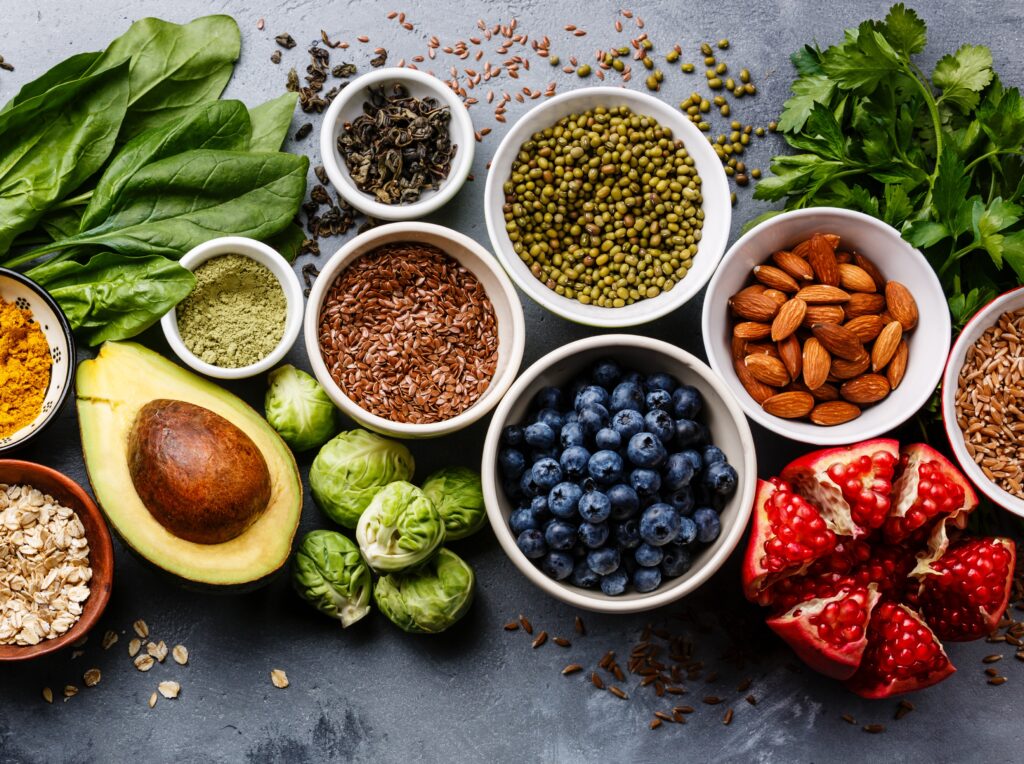I am living proof that eating a wholesome diet will have a big impact of your health and well-being. I have stated in earlier posts how awful my eating habit was in the past. It was a breakfast of coffee and a bagel and off to work. Since I have changed my eating habits I have lost excess weight and feel better than I ever felt in years.
Millions of Americans eat the way I use to as is evident by the many fast food places we see on the way to work each day; it’s no wonder diabetes and many other diseases of civilization is rampant today.
I was on a direct route to pre-diabetes which is a precursor to full-blown diabetes and needed to make a lifestyle change quickly.
I have seen the devastating effects of this disease in my family and close friends and was determined not to let happen to me. I lost my mother and close family members to this disease and my sister is now pre-diabetic. This has been a wakeup call for her and now she has taken the necessary steps to make sure it does not progress any further by starting an exercise program and eating good foods.
Anna Panzarella list several dietary changes we can make to upgrade our food intake. Please read her article below and make the changes she suggests.
Diabetes
Friday, May 29, 2015
7 Superfoods for Diabetes
You hear the term in almost every health-food related article these days: “superfoods!”






